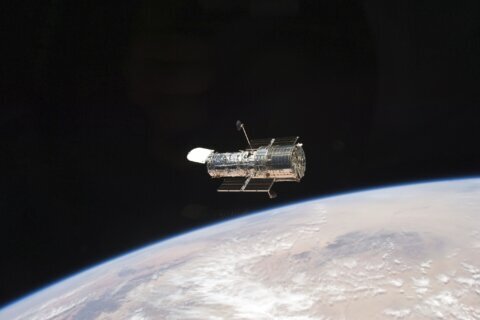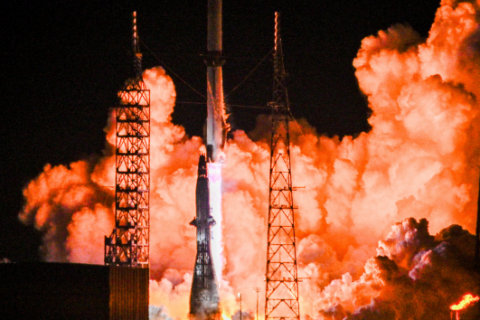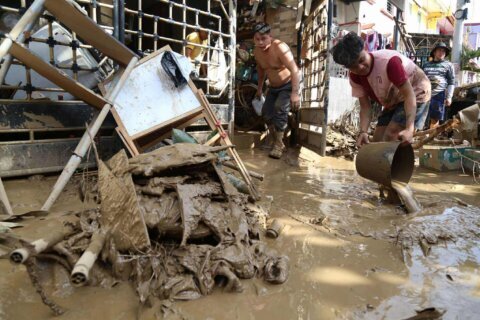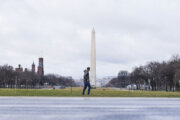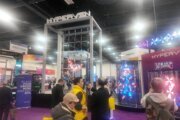An American flag wasn’t the only thing astronauts left behind on the moon 50 years ago. One of the experiments taken into space on Apollo 11 was called the Lunar Laser Retro-Reflector, and it still works even today (though perhaps not as well as it did), just like it did in a 2010 episode of “The Big Bang Theory.”
“The idea behind it was we needed to accurately measure the distance between the earth and the moon, see if that distance varies, map out its orbit,” explained Todd Jaeger, a lunar laser expert who used to work at NASA, and is now with Heraeus Conamic, a German technology company that made the fused silica reflector mirrors used in the experiment.
When Buzz Aldrin left the moon lander, he laid out the reflector module on the surface that enabled scientists here on Earth to shoot a laser at the moon, and have that light reflected right back them.
“It comes back, I take that round-trip time, divide by two, multiply it times the speed of light, and great I’ve got the distance,” said Jaeger.
The success of the project ultimately helped lay the foundation decades later for GPS and other satellite-based technology that we’re so dependent on today.
“We, of course, had to have the same sort of algorithms, calculations worked in, to figure out how to get these into a sustainable orbit around the earth,” Jaeger said. “They had to work this in to the algorithms and calculations that the processors do on these satellites, otherwise the accuracy would have drifted out in minutes. In fact, where we’re used to them being accurate to a few feet for a civilian system, they’d drift off in accuracy by five miles after a day.”
Originally those reflectors were designed to last about a decade, but they still work today, and with the right equipment you can still pull off the experiment, like they suggested in that episode of “The Big Bang Theory.”
“Now, the actual signal coming back from [the reflector] has gone down to about 10% of what it was, but luckily lasers have gotten 10-to-100 times more powerful,” Jaeger said. “So we’ve made up for that degradation from moon dust and micrometeorite impact, etc.”
That said, the famous sitcom took some liberties with the exact equipment required to pull off the experiment.
“You do need to have a high-powered laser, which is going to set you back about six figures, you have to have the right detector, which is 10 grand or more, the right computers, and of course a $10-to-14 million telescope, which aren’t just laying around,” Jaeger said. “You could rent one I suppose.”
“But it is so complex, that with as much light as you send out and getting just that single photon back, it would be like going to a beach that’s say 1,000 kilometers long, 30 kilometers or so wide, and 30-40 feet deep, and someone telling you exactly what grain of sand you need to pick out of that whole pile.”
It’s definitely not an easy experiment, but it still works today. Just more proof that men really did land on the moon.


